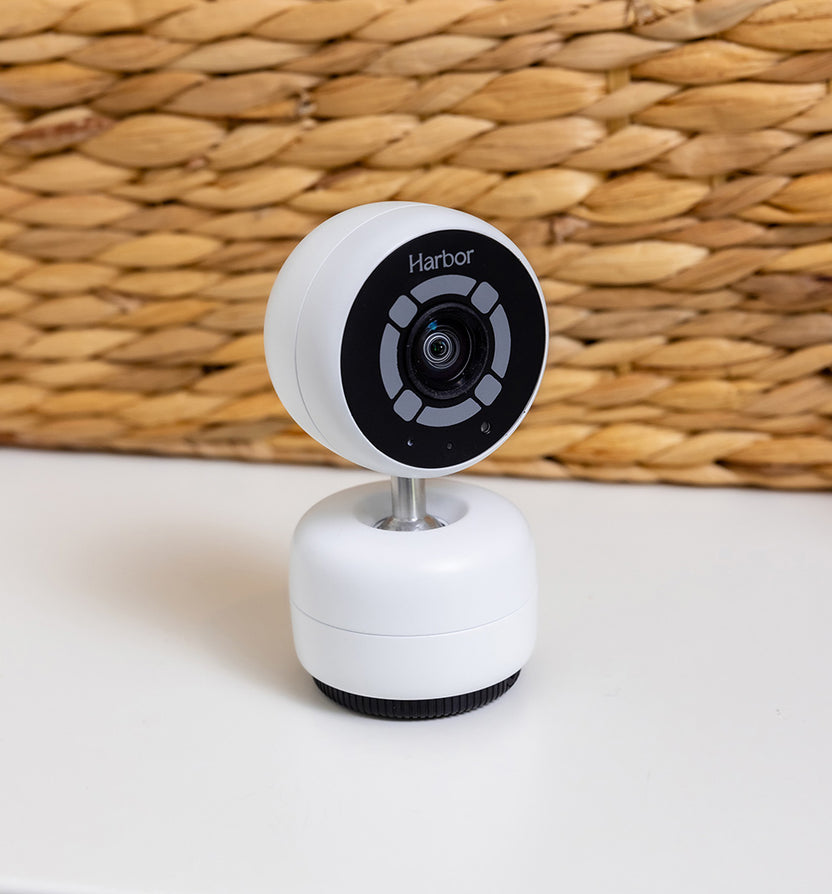
Encouraging infants to self-soothe is like training them to be little sleep superheroes. Through self-soothing, they can conquer nighttime wakings without you by their side.
Self-soothing can allow baby to access longer sleep cycles, and it allows parents to experience longer stretches of uninterrupted sleep. Plus, independent sleep is believed to support baby’s cognition and emotional regulation.
Teaching baby to self-soothe is a win-win for the whole family.
How to encourage self-soothing
1. Establish a routine
A consistent bedtime routine signals that it is time to sleep. This can include activities like bath time, reading a story, singing a lullaby, and dimming the lights.
2. Put baby to bed drowsy but awake
This helps baby learn to fall asleep without being fully dependent on parental presence.
3. Gradually reduce rocking
If you usually rock your baby to sleep, slowly reduce the rocking time each night.
4. Transition to gentler sleep aids
Replace sleep aids like rocking with something gentler, like patting baby’s back from the side of their crib.
5. Break the feed-to-sleep association
Move feeding earlier in the bedtime routine and introduce other soothing methods like patting or shushing.
How to use sleep training intervals to encourage self-soothing
Sleep training intervals allow baby to practice trying to self-soothe before you step in. It builds their resilience and independence, eventually teaching them to self-soothe with ease. Start with a 5-minute interval before the first check-in, then 10 minutes before the second, and continue to extend the time between check-ins.
The science behind sleep training intervals
Studies have shown that giving babies time to self-soothe before being comforted doesn't lead to increased stress or long-term harm. Instead, it helps babies self-regulate and develop consistent sleep patterns.
4 reminders for parents
1. Consistency is Key:
Stick to a routine and sleep training methods. Trust the process, even if it seems like progress is slow.
2. Be patient:
Change takes time and setbacks are normal. Self-soothing is a skill and baby needs time to learn!
3. Introduce comfort items:
For babies over 12 months, offering a soft blanket or stuffed animal can help them to self-soothe.
4. Adjust your approach as needed:
Tailor your approach to sleep training based on what you know about baby’s needs and habits, your parenting style, and your family’s needs. It’s not one-size-fits-all!
Developing healthy sleep habits for life
Teaching baby to self-soothe can improve the overall well-being of the whole family, reducing parental stress and supporting a more well-rested home. As questions arise on the journey to independent self-soothing, reach out to the Harbor Care Team at careteam@harbor.co. Our infant care experts are here to offer support at every step along the way!




